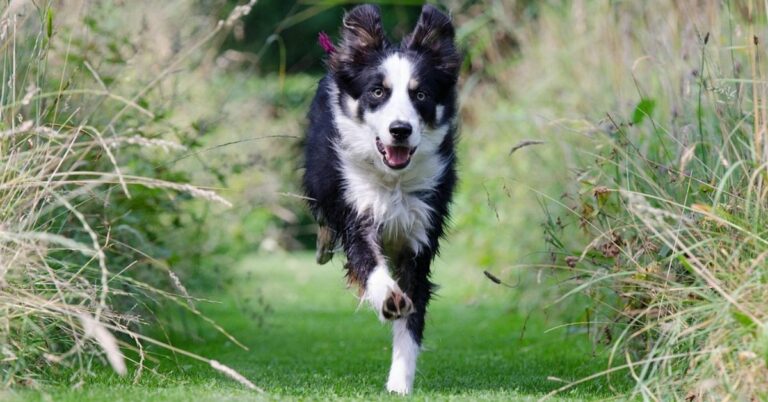20 Dogs Known For Their Striking And Powerful Vocals
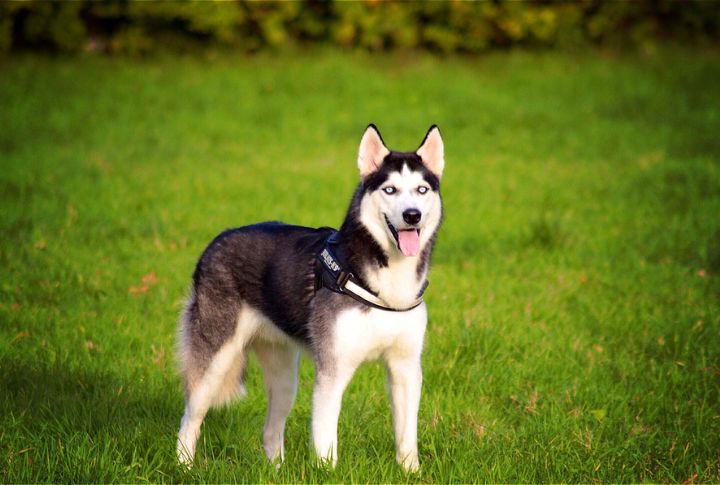
Dogs use their voices in all kinds of ways, and some breeds are known for their signature sounds. But it’s not all about howling—these 20 breeds also use barking and other vocalizations to communicate. Each sound has a purpose, which helps them convey what they need and make their presence known.
Siberian Husky

Nothing quite matches the haunting howl of a Siberian Husky echoing through the cold morning air. These arctic athletes coordinate with packmates using rising, almost theatrical wails. Interestingly, their sound frequency often mimics human speech cadence, which is why some Huskies seem to hold full conversations.
Beagle

Beagles belt out a bay that’s hard to miss once it starts. As they were initially bred to hunt rabbits, each distinct tone cues hunters to different phases of the chase. Even now, their iconic sound fills homes and backyards with something primal and surprisingly loud.
Basset Hound
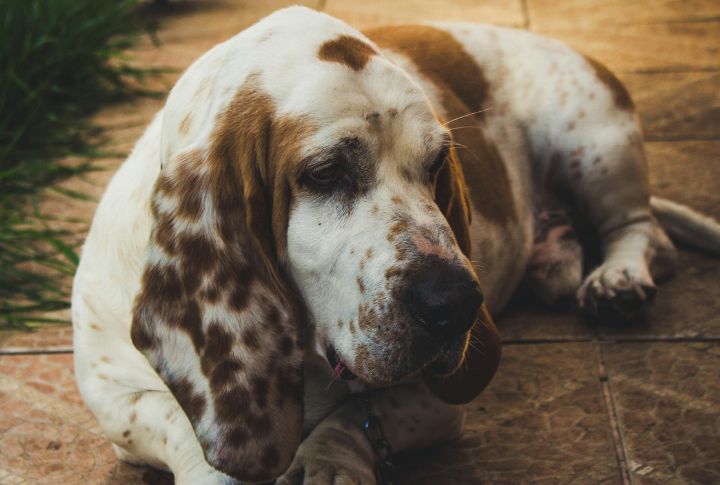
Despite its sleepy vibe, the Basset’s call packs a surprising punch. Nothing will stop it from delivering a howl with opera-level drama. You’ll hear these dogs “sing” when they’re left alone or chasing scents. Some even vocalize during sleep, which can startle unsuspecting housemates.
Bloodhound
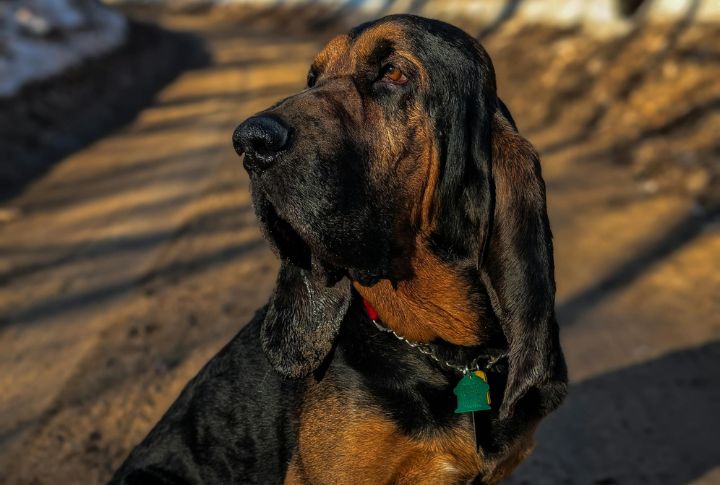
The Bloodhound uses its signature bay less for drama and more for accuracy. Employed in law enforcement worldwide, it cries out to signal a locked trail. The sound frequently triggers nearby hounds to chime in, and you’ll likely hear it from blocks away.
Bluetick Coonhound
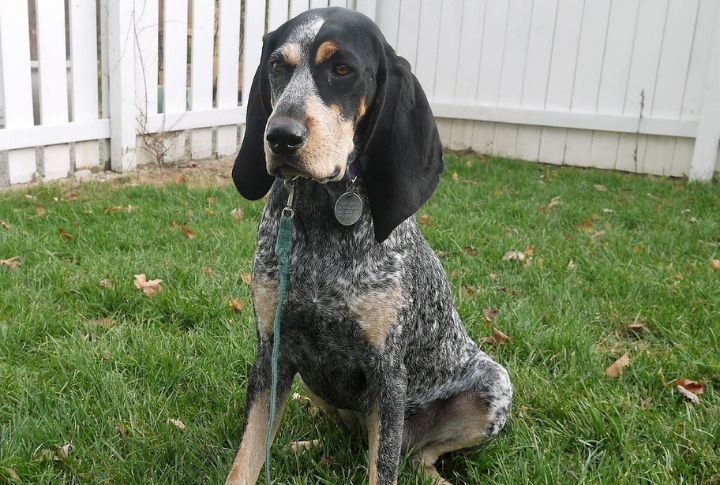
Catch a Bluetick mid-howl, and you’ll hear a song that cuts through silence. These Southern-born hunters carry musical howls passed down for generations. As most were mainly used to signal progress while trailing raccoons, their distinctive voice reflects both endurance and joy on the job.
American Foxhound
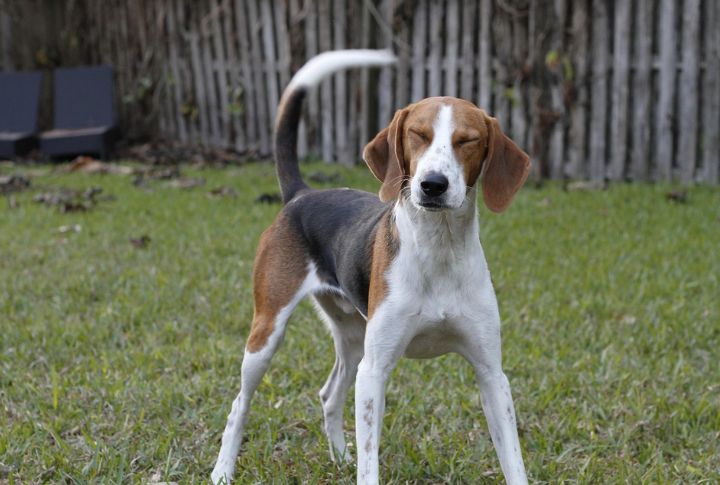
American Foxhounds don’t bark. Instead, they broadcast. Their clear, bell-like howls once carried across vast fields to alert hunters. Today, that same vocal stamina lets them vocalize for minutes without any pauses. It’s not just loud but also rhythmic and steady.
Plott Hound
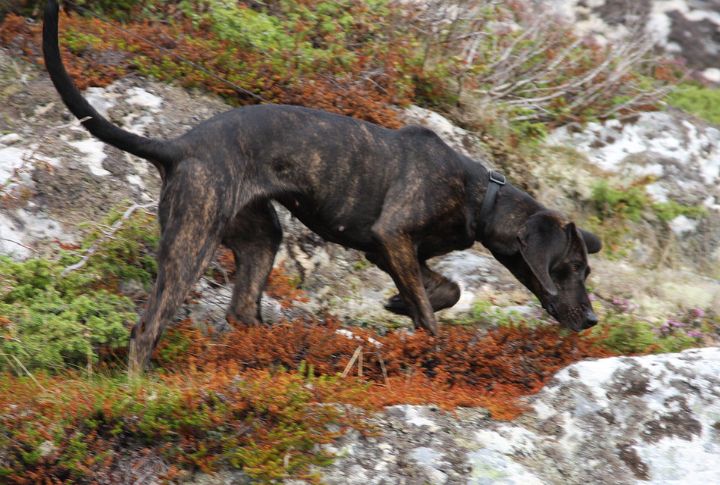
Expect thunder from a Plott Hound’s throat. The only UKC-recognized coonhound of German origin, this breed was shaped by bear hunting. Their howls are guttural and deep as the sound needs to echo through thick forests. Even when calm, the voice retains its hunting edge.
Alaskan Malamute
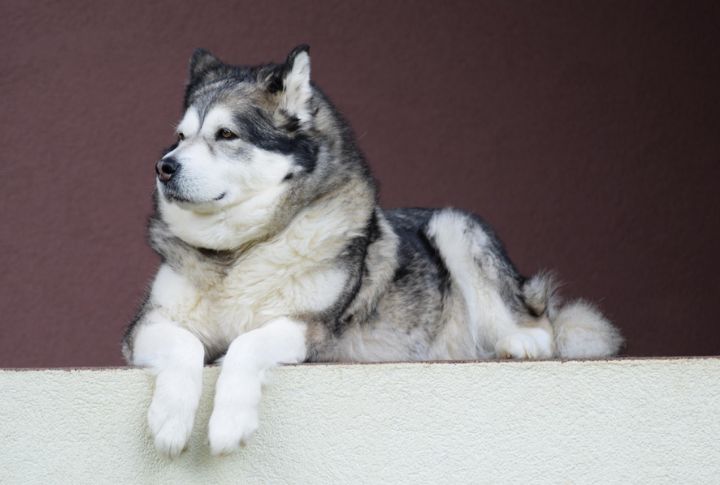
Few breeds summon the wild like an Alaskan Malamute mid-howl. These Arctic freighters use their deep, throaty calls to connect across distances. Expect long, drawn-out notes when they’re excited or bored. Unlike Huskies, Malamutes favor solo expression rather than group choruses.
Norwegian Elkhound
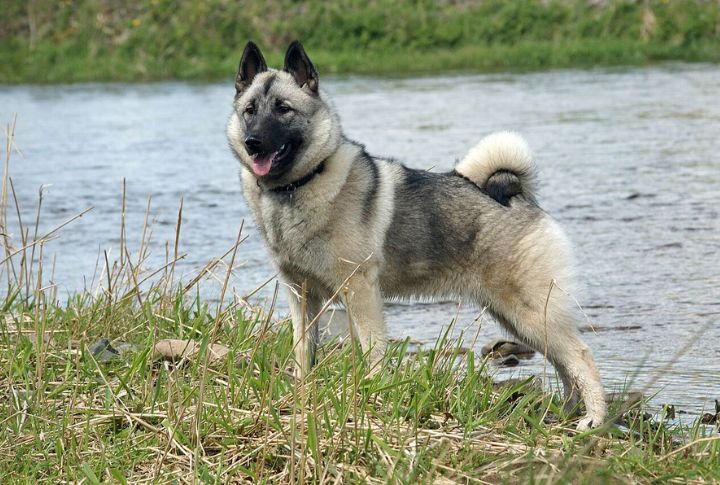
Once a companion to Vikings, the Norwegian Elkhound developed a sharp, loud bark to alert game hunters. As they were used to track moose, they relied on vocalization to signal danger or excitement. Now, selective breeding has preserved their strong vocal instinct and made them one of the most talkative spitz breeds around.
Hamiltonstovare
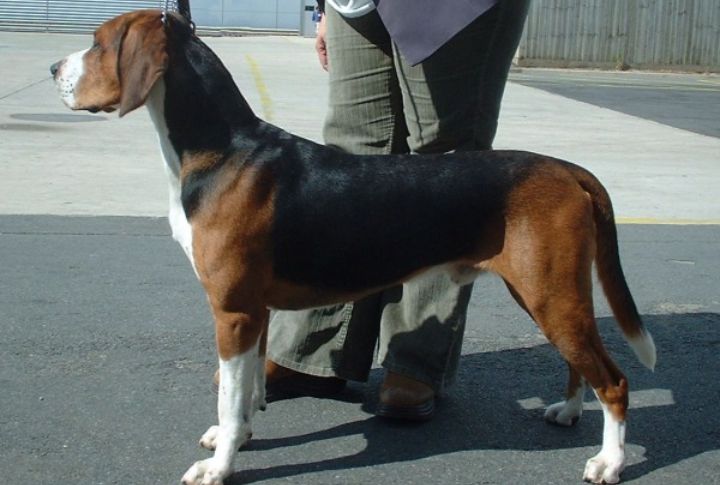
Sweden’s prized scent hound was bred to work solo, which made its long-range tone a lifeline for hunters. Its voice shifts between the search and standstill phases. Even when they’re not tracking prey, you might hear them test their voice just for fun—or when a squirrel dares to come into view.
Tamaskan Dog
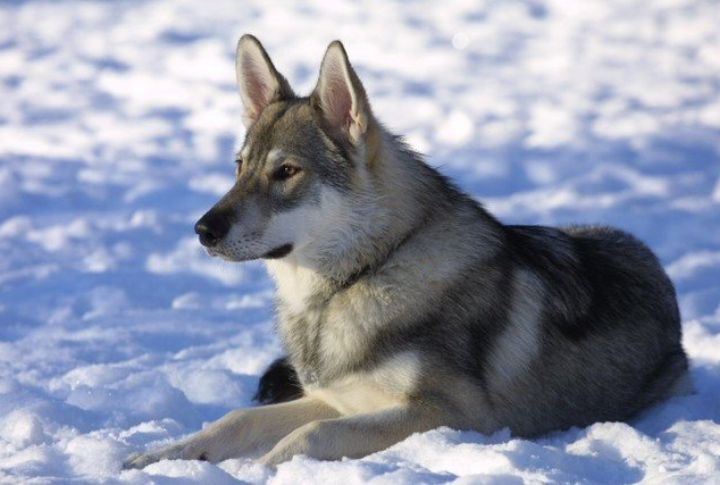
Stand near a howling Tamaskan, and you’ll swear a wolf wandered in. Bred to resemble its wild cousins, Tamaskans communicate with howls in multi-pitch waves. Instead of barking, they tilt their heads upward and project long, echoing wails.
Treeing Walker Coonhound

Speed and vocal transformation set this one apart. You’ll know a Treeing Walker is nearby the moment it starts vocalizing. Its pattern shifts from rhythmic tracking yips to a faster bark-howling combo when it spots prey. Even at home, it’s quick to vocalize during play or whenever it spots motion in the distance.
Basenji

Forget barking—Basenjis yodel. Known as the “barkless dog,” this ancient African hunter produces a unique sound called a baroo. It’s caused by the unusual larynx structure, and it often happens when the dog is curious or surprised. These canines are not loud, but they’re unforgettable.
Czechoslovakian Vlcak
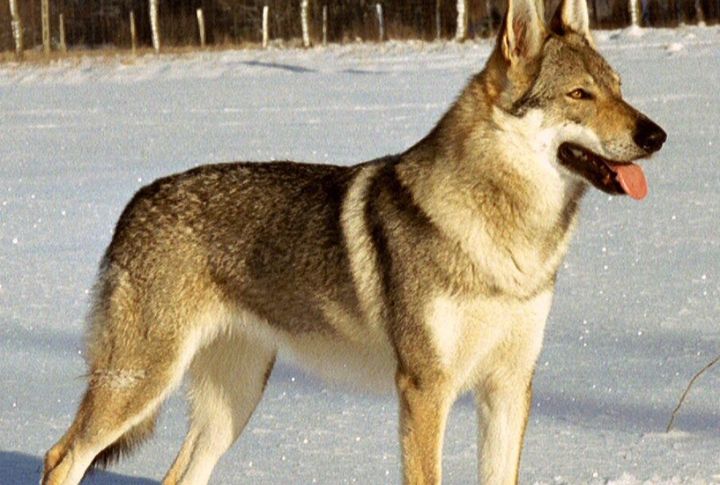
Closer to wolves than retrievers in lineage, this breed often surprises people with its chilling, wolf-like howl. The dogs’ howling tends to surface during quiet evenings or when they pick up distant, unfamiliar sounds. Their vocalizations often begin with low, throaty murmurs that build into drawn-out howls.
Alaskan Klee Kai
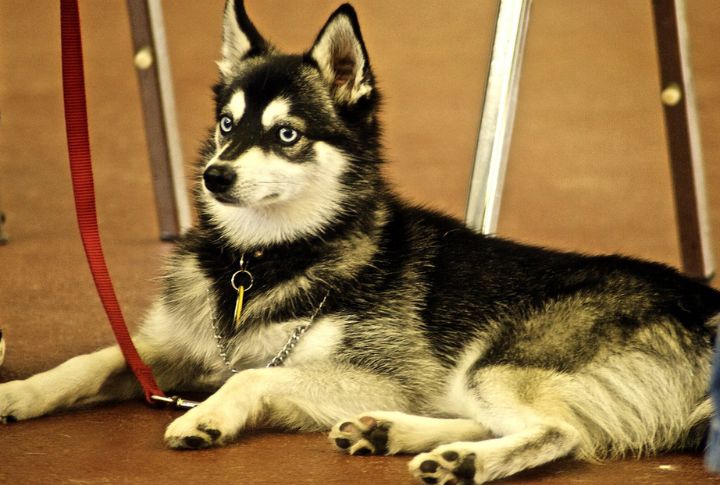
Despite its small frame, the Alaskan Klee Kai packs a big howl. Its voice cuts sharp and quick, often triggered by excitement or discontent. This spitz-type breed inherited the vocal nature of its larger cousins and isn’t shy about using it to demand attention or affection.
English Foxhound
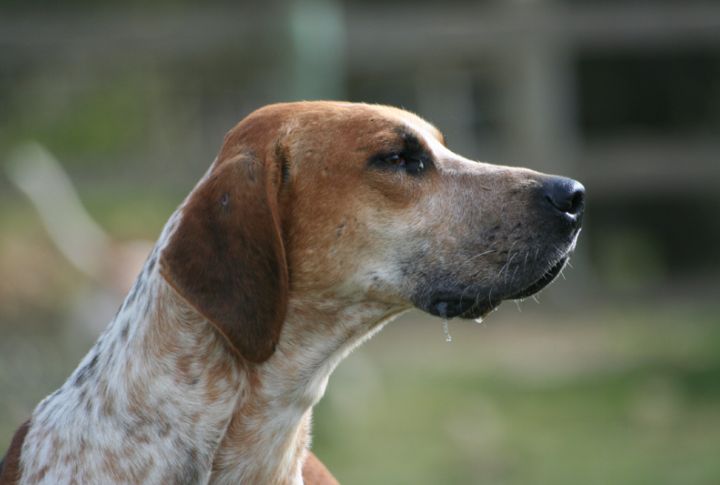
There is no need for megaphones when an English Foxhound is on duty. Only individuals with the clearest “cry” make the breeding cut in British trials. The pitch and duration of each call help hunters determine direction and speed, which is essential for coordinating large-pack runs.
Harrier
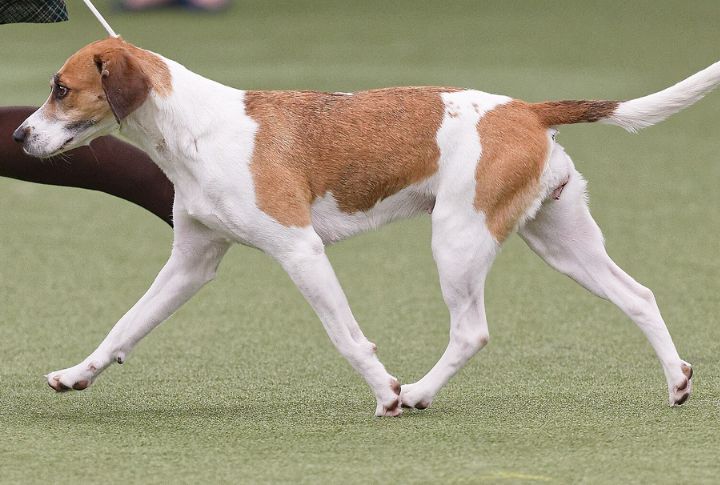
The Harrier uses a chorus-style howl for group hunts to stay connected. Often confused with larger Beagles, this canine’s howl is slightly deeper, more rhythmic, and quite persistent. You’ll catch it when it’s chasing scents or feeling impatient. This is part of the dog’s social DNA.
Otterhound
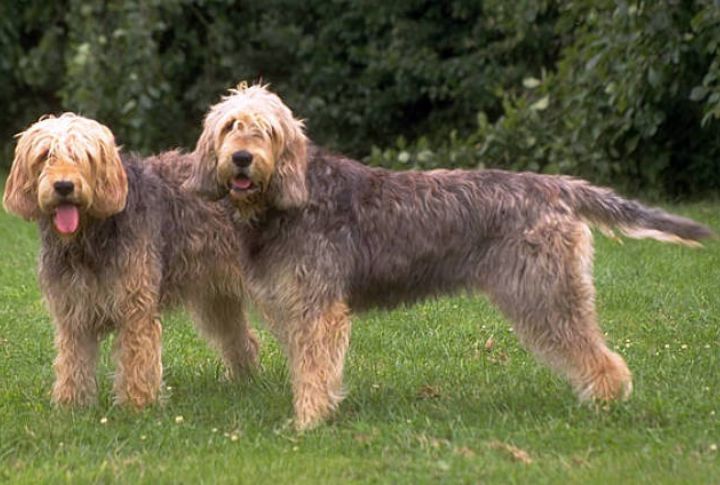
Bred for river work, the Otterhound’s sound had to cut through fog and water noise. It releases low, chesty bellows that can travel across long distances. Many even maintain a low snorting rhythm while tracking, which results in an audible sniff-snort pattern while swimming.
Redbone Coonhound
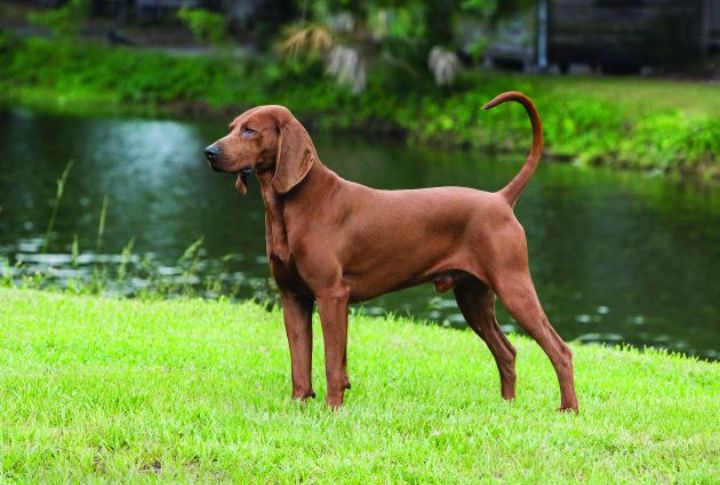
Few breeds mix heart and howl like the Redbone Coonhound. Known for chasing prey through dense woods, these canines use bold, rising howls to keep handlers updated. Even without a hunt, their expressive voices reveal moods and a deep-seated drive to be heard.
Grand Bleu De Gascogne
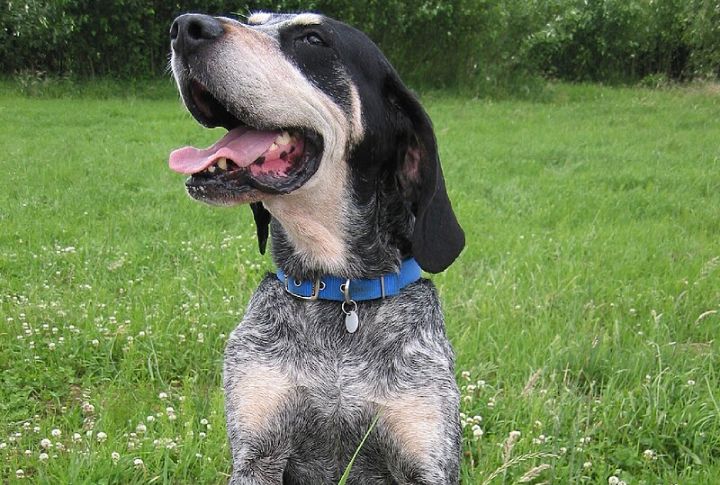
A howl from this French hound feels more like a performance than a warning. Hunters prized it not just for stamina but for a voice that could be followed for miles. The breed’s operatic voice remains one of France’s most cherished sounds in the field. These dogs often vocalize in response to other sounds around them.

